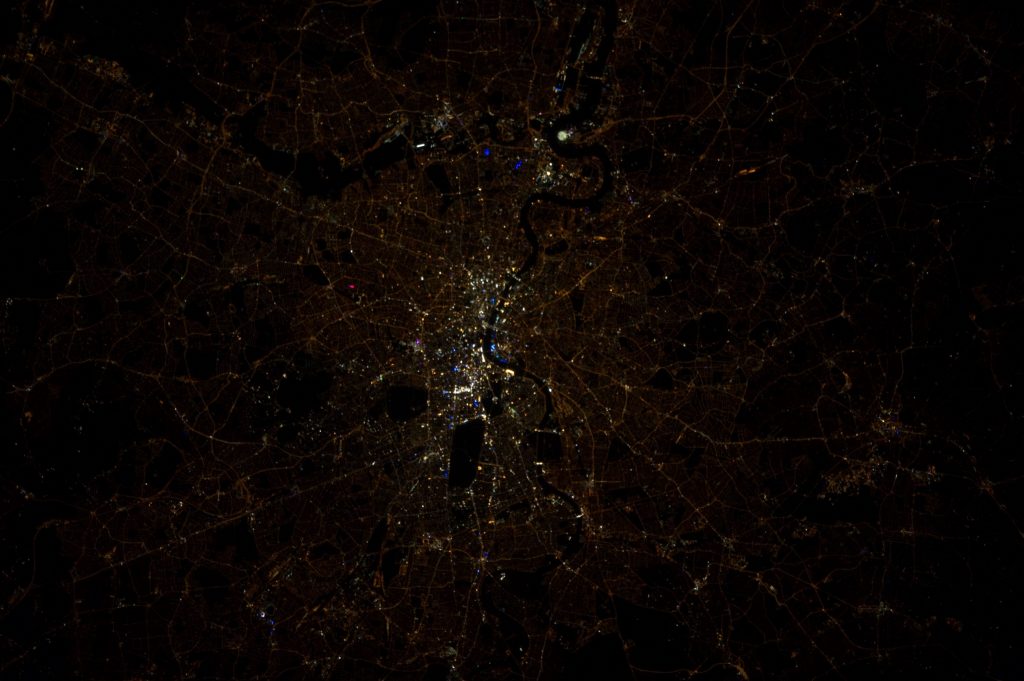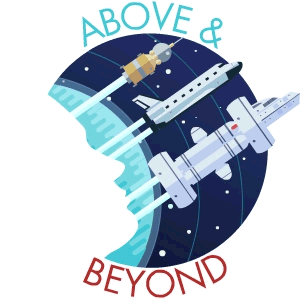

The images of Earth taken by astronauts from space are more than sparkly, out-of-this-world pretty pics to share with friends on social media. They can help us learn more about how we use–and misuse–light.
That is the goal of the Cities at Night project. It studies and catalogues the 300,000 pictures of cities taken from the International Space Station (ISS) and hopes to put them to scientific use as researchers look for clues about light pollution.
“These photographs tell us [everything from] how artificial light affects breast and prostate cancer, to corruption in the allocation of funds, to how democracies work better than dictatorships in distributing resources,” explained Cities at Night founder Alejandro Sánchez de Miguel.
It’s a bold claim and a new take on the problems of light pollution. Astronomers have historically found their jobs impaired by the excess of nighttime light, but people are increasingly wondering about other impacts too. Being bathed in nighttime light–as many urban areas the world over now are–is a relatively recent phenomenon, so we’re still learning about its consequences.
The project is a good example of how an interest in space can bring different types of expertise together. It started in 2011 as Sánchez de Miguel’s Ph.D. thesis in astrophysics but quickly escalated to a much bigger project. Wtih help from José Gómez Castaño, an amateur astronomer and expert in computer science, the pair poured NASA images onto a website with the hope that 30,000 eyes would see more than just two at a time.
As Sánchez de Miguel argued, “A computer cannot identify if a light is a city or a star. We needed people to tell the difference.” They hoped to call on the power of the crowd, which has fueled the Zooniverse and a multitude of other online citizen science projects.
In cohort with Daniel Lobraña, founder and president of Crowdcrafting, they found enough available virtual space for the public to get involved. “That is what we mean by “‘crowdcrafting’–building something together,” said Lobraña.
Since July 2014, a worldwide network of volunteers has been browsing the site, separating the photographs of stars from those of cities and helping to identify where in the world each image is from.
NASA said it finds it useful to have an outside group cataloguing these images. William Stefanov, associate ISS program scientist for earth observations, explained, “We [at NASA] use mostly daytime images in our scientific studies, but nighttime photographs bring in different data that can be very useful.”
The research on these photographs promises to reveal a different side of the world. The information gathered ranges from the anecdotal–even 25 years after the fall of the Berlin Wall, streetlights are different in the West, where they shed bluish-white light, and the East, where it is orangey–to the shocking–night photographs of Spain showed that the government has spent double the amount than was budgeted for public lighting in the last seven years.
“These studies have all sorts of uses, from health to socioeconomic,” said Sánchez de Miguel. “There is this wealth of information in night photographs that should not go unnoticed.”


How We Get To Next was a magazine that explored the future of science, technology, and culture from 2014 to 2019. This article is part of our Above & Beyond section, which looks at our understanding of the universe beyond Earth. Click the logo to read more.
